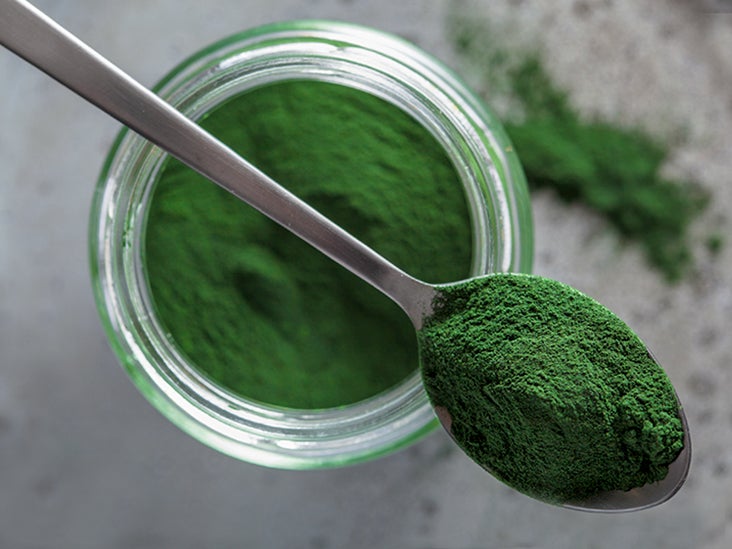March 2012
Vesnać Stojiljković, Snezana Pejić, Jelena Kasapović, Ljubicać Gavrilović, Stanimirć Stojiljković, Draganć Nikolić, Snezana B Pajović
Abstract
The celiac disease is an autoimmune gastrointestinal disorder caused by gluten from wheat, rye or barley. In genetically predisposed persons, gluten induces the immune-mediated inflammation of small intestinal mucosa.
Histological lesions include intraepithelial lymphocytosis, crypt hypertrophy and villous atrophy, resulting in malabsorption of micro- and macronutrients. The only treatment for celiac patients is a permanent gluten-free diet (GFD).
Reactive oxygen species (ROS) and oxidative stress are strongly associated with the celiac disease. Glutathione (GSH) is a main detoxifier of endogenous and exogenous ROS in the intestine. In order to explain the role of glutathione redox cycle in celiac patients, we examined the activities of GSH-related antioxidant (AO) enzymes glutathione peroxidase (GPx) and glutathione reductase (GR), as well as the concentration of GSH in small intestinal biopsies and peripheral blood of children affected by the celiac disease.
The concentration of lipid hydroperoxides (LOOH) as markers of oxidative damage was measured in the same samples. The results clearly demonstrate a significant malfunction of GSH redox cycle with a concomitant decrease in the capacity to regenerate GSH and detoxify LOOH in celiac patients, even after several years of GFD.
The oral administration of GSH and a diet rich in natural antioxidants, as well as appropriate dietary supplements, could be of great benefit to the patients.











